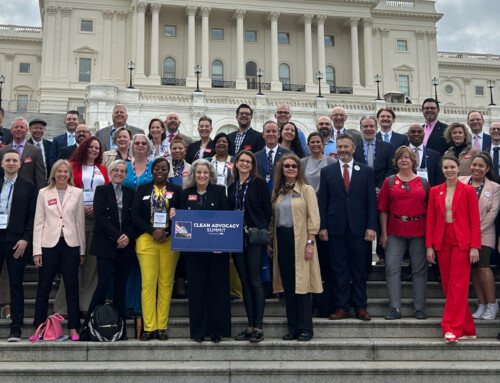EVS Directors and IPs

A strong working partnership between environmental service (EVS) directors and infection preventionists (IPs) is crucial to preventing the spread of healthcare-associated infections (HAIs) in healthcare facilities. Although these roles differ in terms of expertise and responsibilities, they share several goals:
- To minimize the risk of infections
- Train staff on proper cleaning and disinfection techniques
- Ensure compliance with cleaning regulations and standards.
The following best practices can help foster healthy collaboration between EVS directors and IPs, enabling them to work more efficiently and effectively toward their mutual objectives.
Make time for regular meetings
Whether catching up during joint rounds or scheduling weekly check-ins, a few minutes each week is all it takes for IPs and EVS directors to better align on critical infection prevention goals.
These meetings allow both parties to share updates or observations, exchange insights, and discuss solutions—helping drive operational efficiency and prevent potential outbreaks or issues down the line. They’re also an opportunity for IPs and EVS directors to foster a strong, collaborative relationship, which can contribute to a safer and better-run healthcare facility.
Conduct joint training sessions
Joint education and training sessions for EVS directors and IPs offer numerous benefits that can significantly improve healthcare operations.
Participation helps ensure that both parties are aligned on the latest infection prevention practices and protocols, allowing them to develop a unified approach to mitigating HAIs and driving compliance with health and safety regulations.
During these sessions, EVS directors and IPs can explore new interventions together and provide valuable insights to enhance EVS staff training.
Leverage individual expertise
EVS directors and IPs have specialized knowledge and skill sets that are crucial to maintaining a safe and clean healthcare environment.
For instance, during joint rounds, an EVS director might notice areas that require additional disinfection, while an IP might identify practices that need to be adjusted to reduce infection risks. EVS directors can then draw on the epidemiological expertise of IPs to enhance infection control protocols. At the same time, IPs can utilize the practical insights of EVS directors to help implement more effective cleaning and disinfection strategies.
Maintaining this cross-disciplinary collaboration through consistent communication can lead to a more comprehensive approach to infection prevention.
Implement staff feedback mechanisms
Particularly when implementing new protocols or selecting new products, it’s vital that EVS directors and IPs regularly solicit input from their staff about what’s working well and what could be improved.
This feedback allows EVS directors and IPs to collaboratively improve operational efficiency, optimize resource utilization, and ensure equipment compatibility. It also sends a clear message to staff members that the EVS director and IP have established a unified approach to preventing HAIs.
The bottom line
A strong partnership between EVS directors and IPs can help foster a safer, cleaner, and more efficient healthcare environment—while demonstrating to staff, administration, and patients that both parties are working collaboratively to prevent the spread of infections.
Ultimately, these efforts can lead to fewer HAIs, a healthier workplace, and better patient outcomes, underscoring the importance of teamwork in infection prevention.
Jennifer Picker is the national accounts manager for EVS at PDI Healthcare. She previously managed EVS at two large hospitals before working as the director of support services and program development for PDI’s Tru-D SmartUVC products in 2018. In 2023, she transitioned to her current role. Picker has also worked closely with the Association of the Health Care Environment (AHE), earning multiple certificates, including the CHESP, CMIP, T-CHEST, and T-CSCT—demonstrating her dedication to creating a healthier environment for all.


















